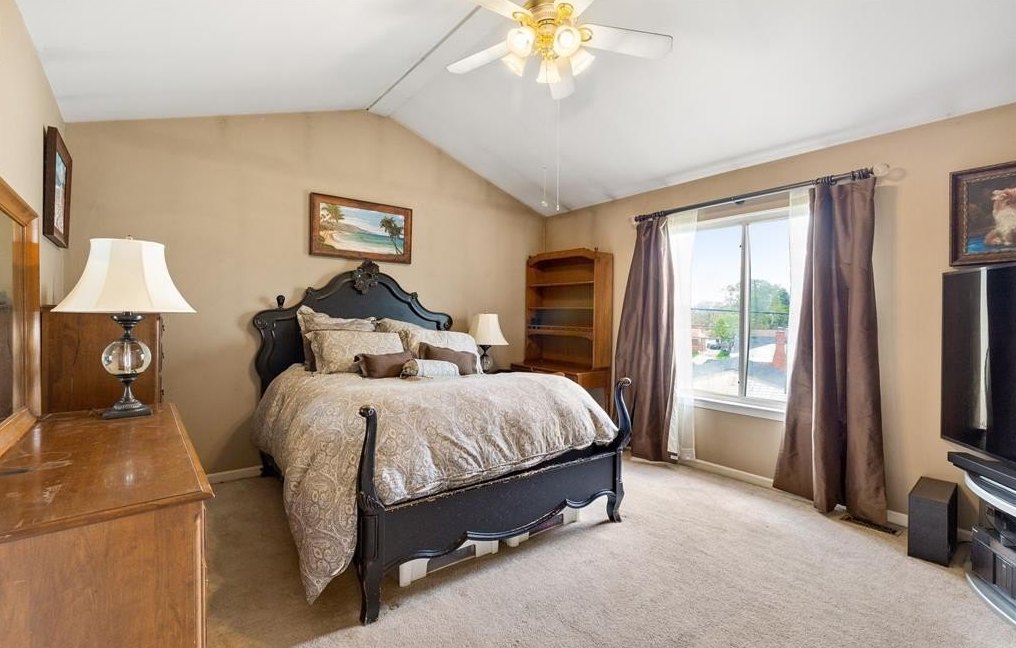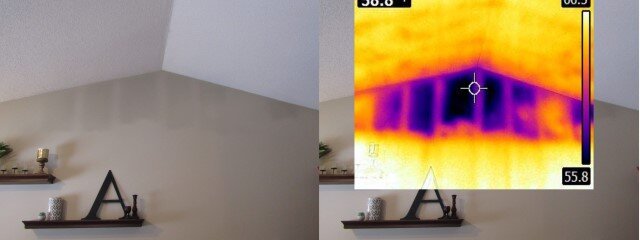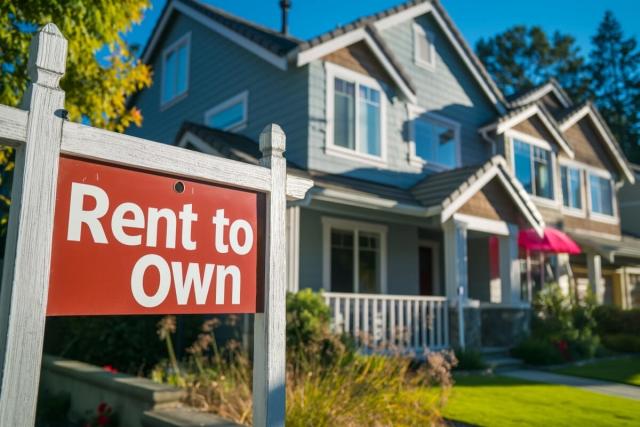What is Thermal Bridging?
What is Thermal Bridging?
Thermal Bridging is the movement of heat across an object that is more conductive that the materials around it. The conductive material creates a path of least resistance for heat. Thermal bridging can be a major source of energy loss in homes and buildings, leading to higher utiltitybills.
Thermal Bridging in Homes & Where They Occur
Thermal bridges occur where highly conductive materials penetrate the insulation around your home. Thermal bridges are worse when the highly conductive materials form a continuous interruption of the insulation from the exterior to the interior.
A significant thermal bridge can be created in a residential home construction by the studs in the wall. American homes have traditionally been built with 2x4 wood studs placed 16" on center, with fiberglass batt insulation added to the cavity.
Although the fiberglass insulation may have an r-value of R-15 or more, it can only be placed in-between the wooden studs. These studs are more conductive than the fiberglass insulation around them resulting in energy loss and potential staining over a long period of time.

Some of the most common areas for serious thermal bridging include:
- Junctions between the floor-wall, ceiling-wall, roof-ceiling
- Around windows and doors
- Wall-to-wall junctions
- Where the studs or joists lead to an exterior wall (see photo of dark staining where the studs are located)
- Recessed lighting that penetrate insulated ceilings
Ghosting

How to prevent thermal bridging in new construction homes:
In new home construction, the following building strategies can help to reduce thermal bridging drastically:
- Add continuous rigid insulation to the exterior of your home
- Build with SIPs (structural insulated panels)
- Use advanced framing techniques
- Apply strips of insulation directly on top of wood studs
- Add insulation on the exterior of basement walls
If you're planning on building a new home, Click here to read more about a few insulation options.
Can you fix thermal bridging in existing homes?

In short, yes. Unfortunately, thermal bridging was largely ignored by home builders for much of the past century. This neglect leads to higher energy bills, more uncomfortable home interiors, and even issues with mold growth in interior walls. Luckily, if you recently purchased a home (or have owned a home for a while) that may have some thermal bridging, below are a few ways to combat it.
- Apply additional insulation on the interior of the home. However, adding additional insulation from the interior generally requires a complete remodel as you would be forced to remove and remodel the drywall, trim and other interior finishes
- Apply additional insulation from the exterior. This tends to be the more cost effectiveoption especially if you plan to renovate the exterior of your home. When installing new siding, simply apply ridid board insulation underneath the new siding.
Thermal bridging can end up costing you hundreds, if not thousands, of dollars a year in higher energy bills.
Categories
Recent Posts










GET MORE INFORMATION

